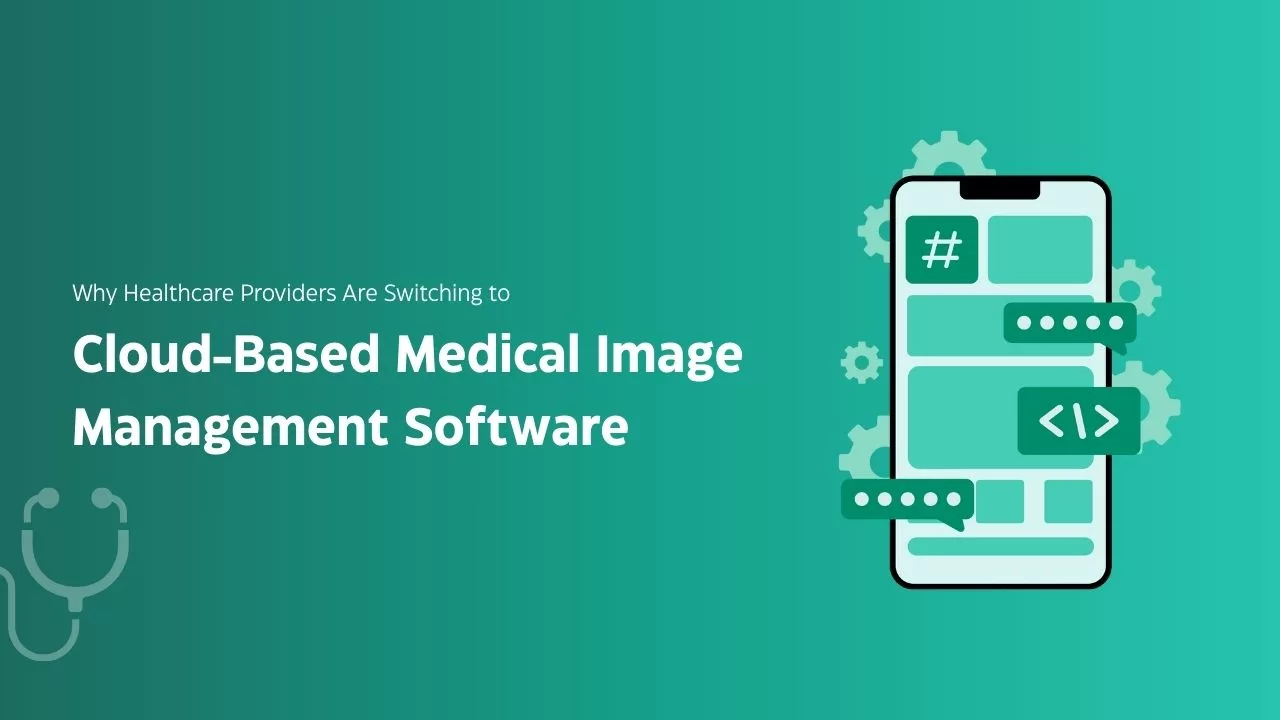Social selling is the art of using social media platforms to find, connect with, engage, and nurture potential customers. Unlike traditional sales techniques that rely heavily on cold calls and mass email campaigns, social selling leverages social networks to build meaningful relationships that lead to sales opportunities.
Today, platforms like LinkedIn, X, Threads and even Instagram have become powerful tools for sales professionals looking to generate leads and close deals effectively. By establishing trust and credibility through thoughtful engagement, sales reps can significantly enhance their outreach and conversion rates.
You may also like reading: Hacks to Improve Social Media Visibility Like A Pro
Why Social Selling Matters
Social selling has become an essential strategy for modern sales teams. Here’s why:
- Buyers Are Already Researching Online – According to studies, over 75% of B2B buyers use social media to research potential vendors before making a purchase.
- Better Engagement and Response Rates – Traditional cold outreach has low response rates. Social selling fosters organic conversations, making engagement more natural and effective.
- Builds Authority and Trust – By consistently sharing valuable insights and engaging with industry conversations, sales reps position themselves as experts, making prospects more likely to buy from them.
- Shortens the Sales Cycle – When prospects already recognize your brand and trust your expertise, they move faster through the sales funnel.
- Competitive Advantage – Sales professionals who engage in social selling can outperform competitors who rely solely on traditional methods, securing better opportunities in the long run.
Also read: Maximizing Customer Engagement through Social Media: Best Practices
Key Social Selling Strategies
If you’re looking to implement social selling effectively, consider these strategies:
1. Optimize Your Social Media Profiles
Your profile is often the first impression a prospect has of you. To build credibility:
- Use a professional headshot and a compelling bio.
- Highlight your expertise and how you help customers solve problems.
- Ensure your profile includes relevant keywords so you appear in search results.
- Customize your LinkedIn URL to make it easier to find and remember.
2. Share Valuable Content Regularly
Content is at the heart of social selling. Share:
- Industry news and trends
- Thought leadership articles
- Case studies and success stories
- Personalized insights about common pain points in your niche
- Customer testimonials and success metrics to establish credibility
For an in-depth guide, check out this article.
3. Engage with Prospects and Industry Leaders
Engagement is key to building relationships. Make sure to:
- Comment on posts from your prospects and industry leaders.
- Join and participate in relevant LinkedIn or Facebook groups.
- Respond to messages and inquiries promptly.
- Share and repost valuable content from others to foster engagement.
4. Use LinkedIn for Personalized Outreach
LinkedIn is the most powerful platform for B2B social selling. Here’s how to maximize it:
- Send personalized connection requests, mentioning a shared interest or mutual connection.
- Avoid pitching immediately—build rapport first.
- Use LinkedIn Sales Navigator to find and target the right prospects.
- Endorse skills and engage with your prospects’ content to stay top of mind.
5. Monitor and Track Engagement
Use social listening tools to track mentions of your brand, industry topics, and competitor activities. This helps you identify prospects who might be interested in your solution and engage them at the right time. Consider:
- Setting up Google Alerts for industry keywords.
- Using LinkedIn analytics to track engagement rates.
- Leveraging CRM tools that integrate with social media.
Also read: Harnessing the Power of Social Media for Vacation Rental Marketing
Common Social Selling Mistakes to Avoid
- Being Too Salesy – Hard selling doesn’t work on social media. Focus on adding value first.
- Neglecting Profile Optimization – An incomplete or unprofessional profile reduces trust.
- Ignoring Engagement – Posting content isn’t enough; you must interact with your audience.
- Inconsistent Effort – Social selling requires consistency. Posting once a month won’t yield results.
- Failing to Follow Up – Engaging with prospects once isn’t enough. Build long-term relationships through follow-ups and personalized check-ins.
You may also like reading: Emerging Trends in Digital Marketing for 2025 and Beyond
Final Thoughts
Social selling is no longer optional—it’s a necessity in today’s digital-first sales environment. By optimizing your profile, sharing valuable content, engaging with prospects, and using LinkedIn strategically, you can boost your lead generation and conversion rates.
To succeed, social selling should be a continuous, strategic effort rather than a one-time activity. Take the time to build relationships, establish credibility, and provide value. Over time, these actions will position you as a go-to expert in your industry, helping you generate more leads and close more deals.










Leave a Reply